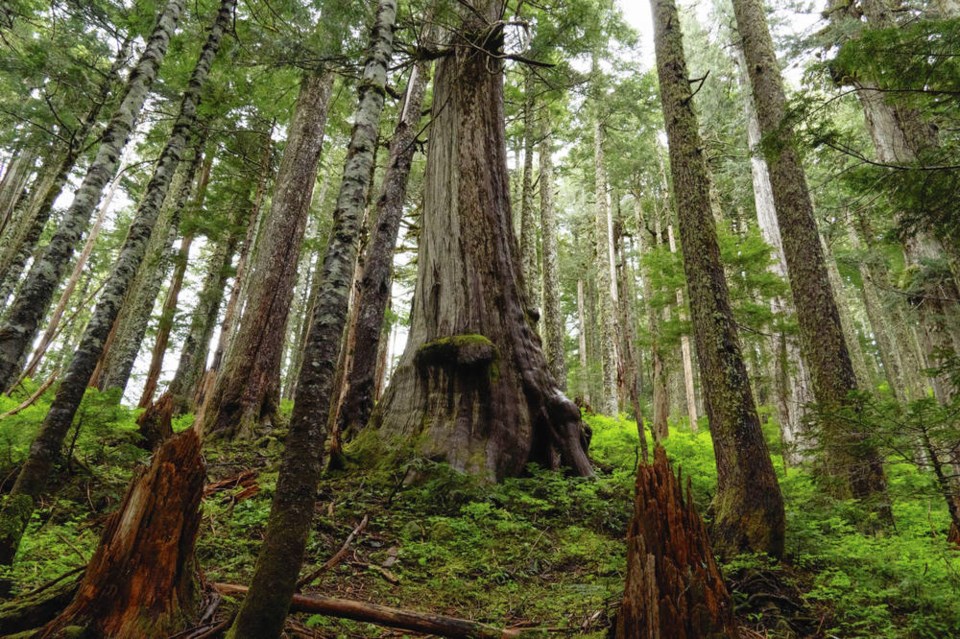As anyone who has ever Googled my name could tell you, I was the first leader of the Green Party of Canada in the mid-1980s. That was in part because I had deep roots in green or ecological political thinking, dating back a decade before that. In 1974 I had been an area organizer for the People Party in the U.K., attending the founding convention as a delegate.
The People Party, as it was then called (it soon became the Ecology Party and then, with the success of the German Greens later in the 1970s, the Green Party) was one of the first two ecological political parties in the world; the other was the Values Party in New Zealand.
So as we approach the latest federal election, I thought it would be helpful to discuss what it is that makes the Greens so distinct. To understand this, we have to go back to the intellectual roots of the party. In 1972, the United Nations held its first UN Conference on the Environment, in Stockholm, which led to the creation of the UN Environment Program.
Among the many books published for the conference, three stand out in my mind. The first was The Limits to Growth, commissioned by the Club of Rome from the World Systems modelling team at MIT. Its stark conclusion was that under a “business as usual” model, “the limits to growth on this planet will be reached sometime within the next 100 years. The most probable result will be a sudden and uncontrollable decline in both population and industrial capacity.”
Although massively attacked by the business and political elite because it undermined their central message of endless economic growth, subsequent reviews have found that, decades later, we remain pretty much on the path they forecast.
The second book was the unofficial conference report — Only One Earth; its title speaks for itself. But it was the third book, Blueprint for Survival, that led to the creation of the world’s first ecological political parties. Originally published as a special edition by The Ecologist, a radical ecological magazine established in the U.K. in 1970, the book was clear-sighted in both its diagnosis and its treatment:
“The principal defect of the industrial way of life with its ethos of expansion is that it is not sustainable. Its termination within the lifetime of someone born today is inevitable,” the authors wrote, adding, ominously and, I would argue, presciently, “unless it continues to be sustained for a while longer by an entrenched minority at the cost of imposing great suffering on the rest of mankind.”
Finding little prospect that current political groupings could or would act to address this dire situation, the Blueprint stated boldly “the situation . . must now give rise to a national movement to act at a national level, and if need be to assume political status and contest the next general election.” And it was that rallying cry that led to the creation of the Values and People parties.
So to be clear, what separates the Greens from the mainstream political parties is that they recognize that the central social, economic and political issue of the 21st century is that there is indeed only one planet, there are real physical and ecological limits to growth and the myth of endless economic growth in a finite world is insane.
For Greens, then, the perennial left vs. right squabbling about who gets to control and benefit from the ever-expanding pie is to completely miss the point; the pie cannot continue to expand, indeed it must contract. Globally, we already consume the equivalent of 1.7 planet’s worth of biocapacity and resources.
Here in Canada we take almost five times our fair share, and have to reduce our footprint by almost 80 per cent.
The struggle for social justice is deeply rooted in the fact that the limits to growth requires a radical global and societal redistribution of the Earth’s limited resources — recognizing also that other species are entitled to their fair share. The Green message must focus squarely on our long-term ecological well-being; as the German Greens memorably put it in a 1980s-era slogan, Green politics is “neither left nor right, but ahead.”
Dr. Trevor Hancock is a retired professor and senior scholar at the University of Victoria’s School of Public Health and Social Policy.



